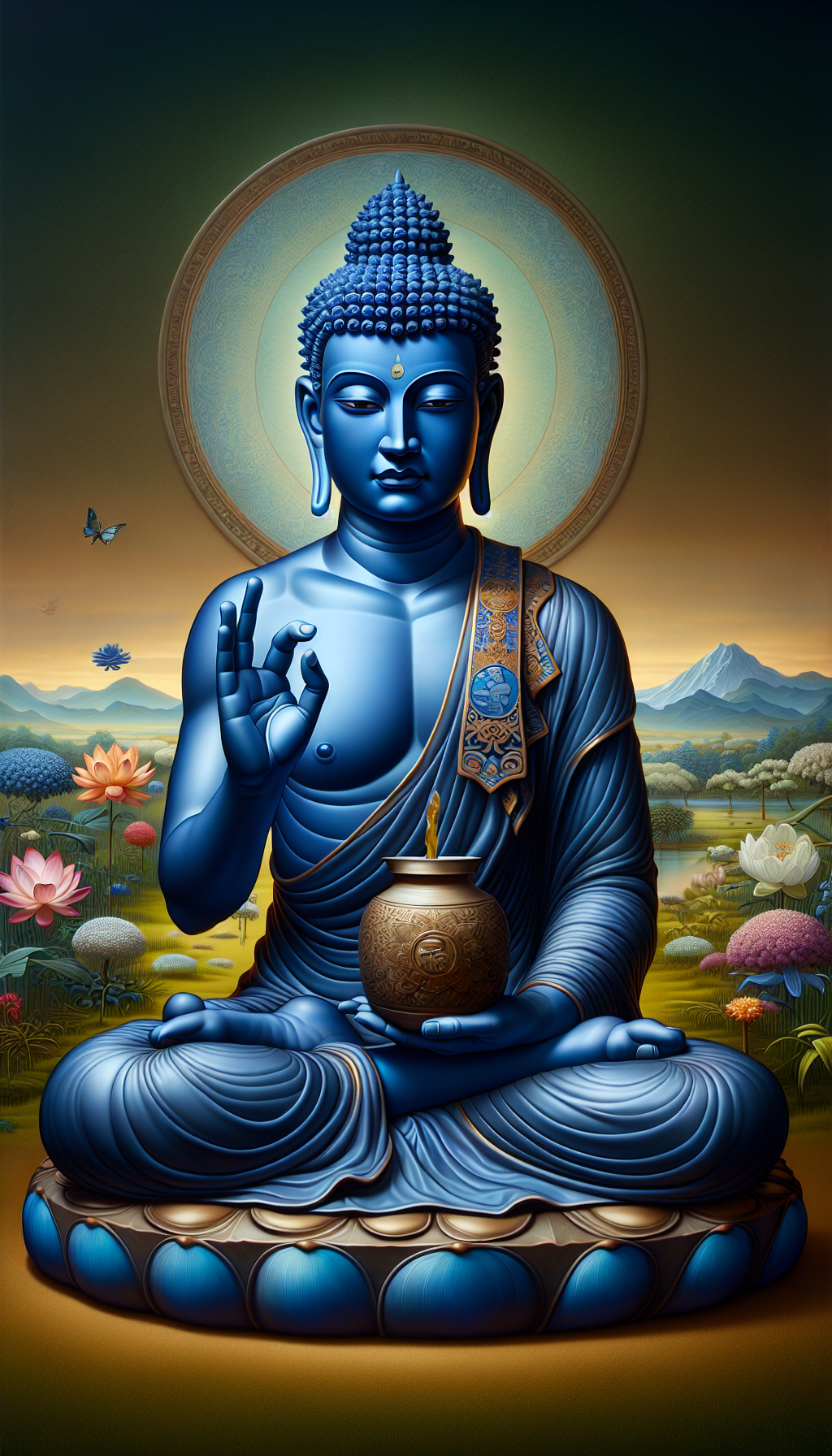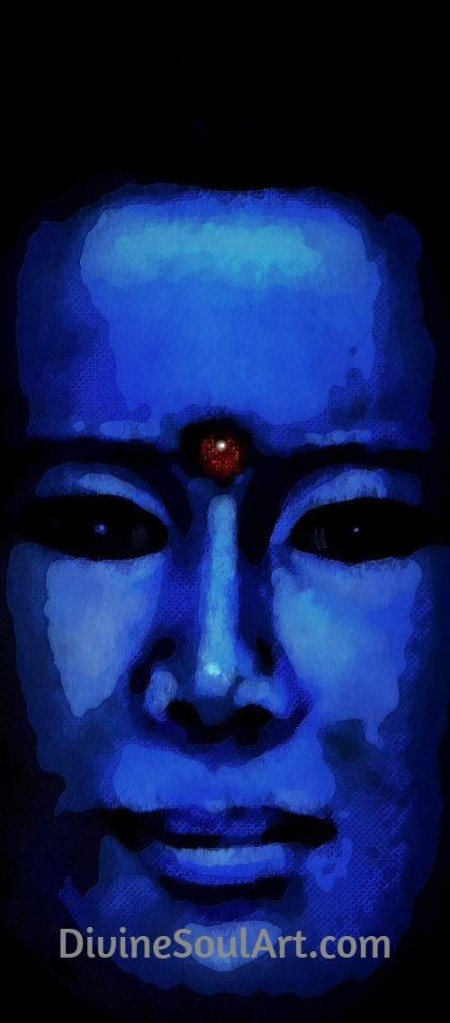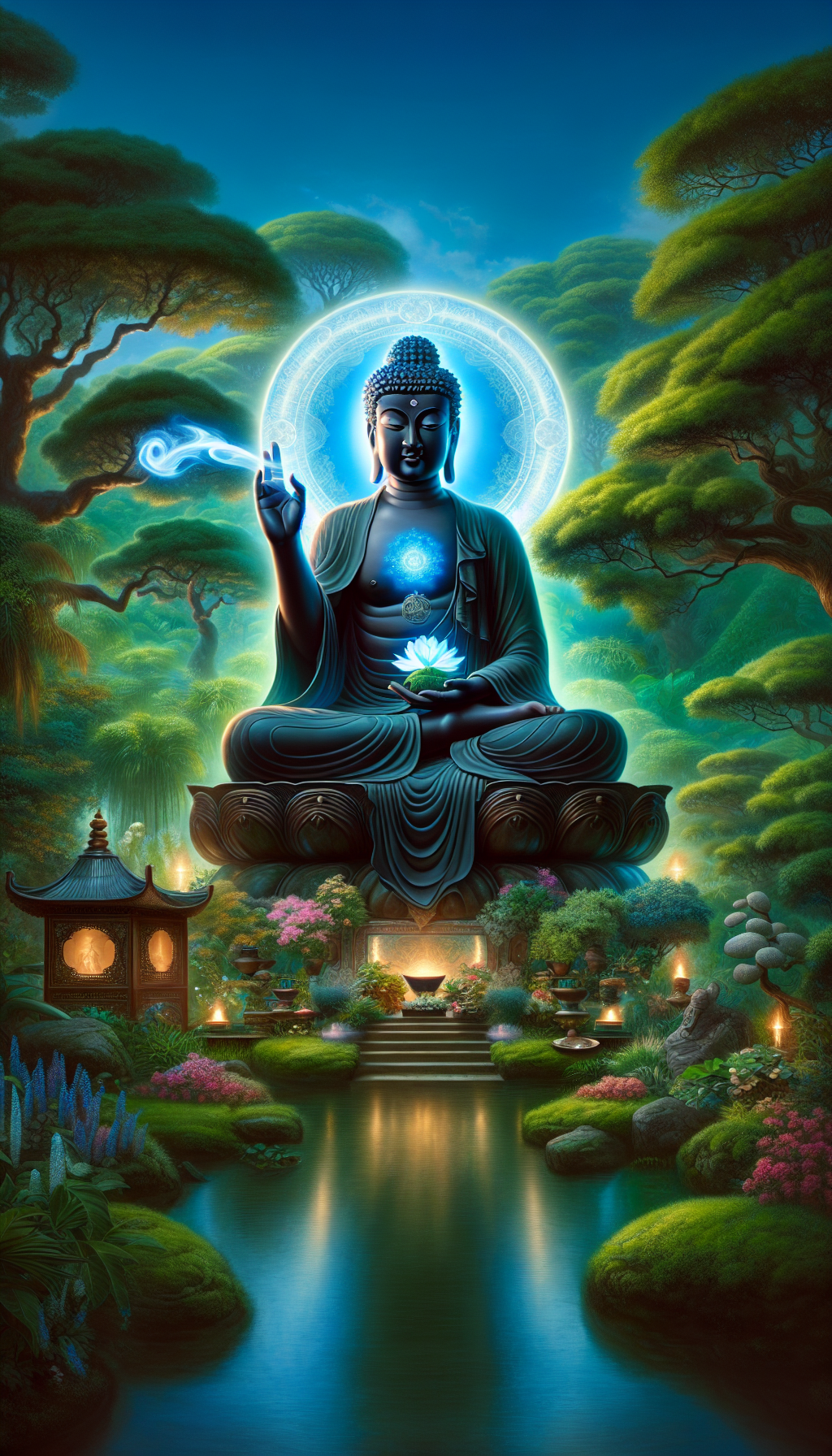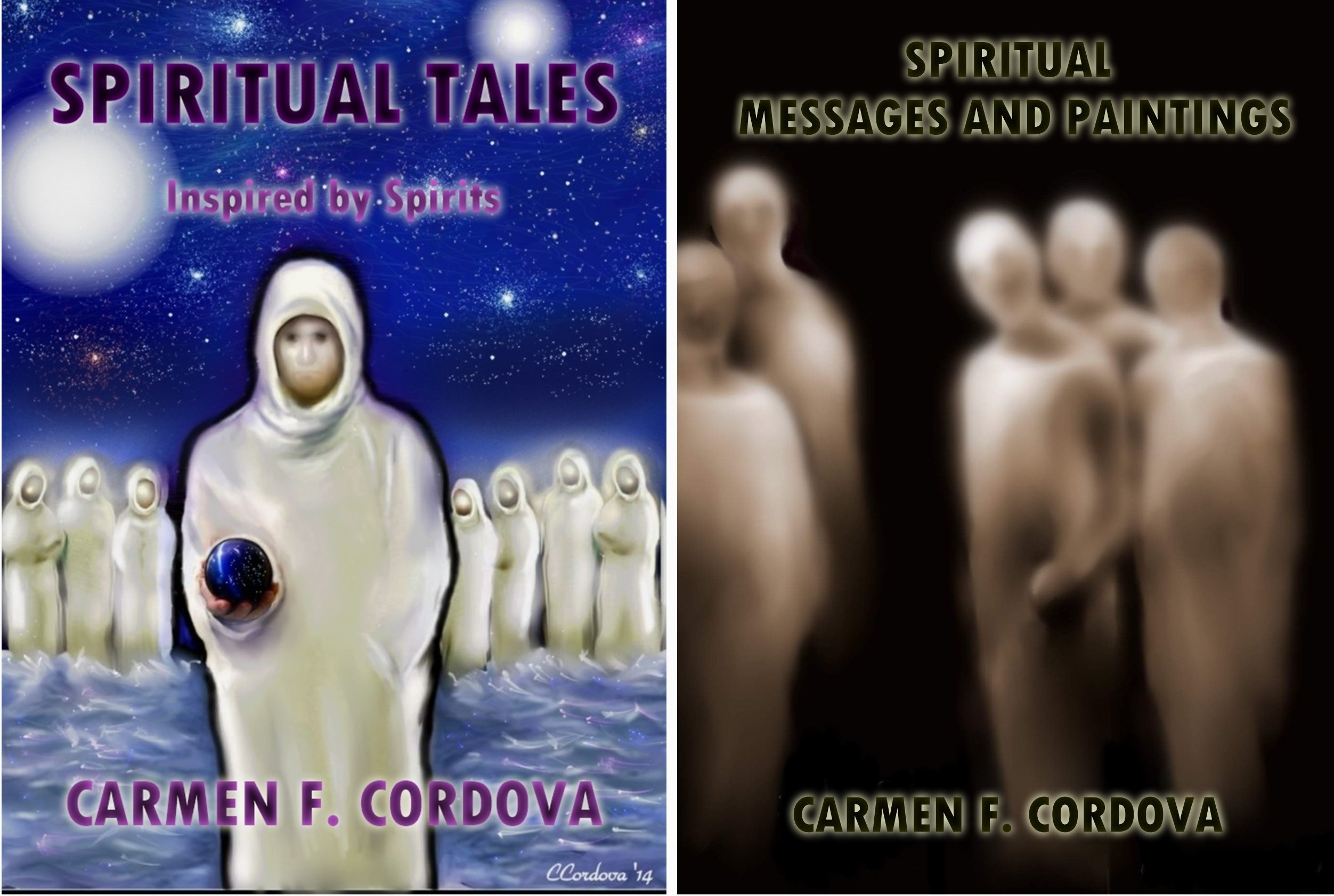Medicine of Buddha
Healing, Practices and Benefits

Medicine of Buddha
Healing Power
The Medicine Buddha, also known as Bhaisajyaguru, is a key figure in Buddhism recognized for his healing powers. This article explores the identity of the Medicine Buddha, his origins, symbols, and the practices that invoke his healing abilities. Learn how connecting with the teachings of the Medicine of Buddha can improve both your physical and spiritual well-being.
Understanding Medicine Buddha
The Medicine Buddha, known as Bhaisajyaguru in Sanskrit, is a highly revered figure in the Buddhist tradition, embodying the qualities of a healing teacher. His domain, the Eastern Pure Land of Vaiduryanirbhasa, is often depicted as a realm of pure lapis lazuli, which symbolizes clarity and purity. With blue skin that represents the healing properties of lapis lazuli, the Medicine Buddha serves as a beacon of serenity and compassion, earning the title of the Medicine Guru.
Traditional iconography depicts the Medicine Buddha holding a bowl of medicine in his left hand, symbolizing his ability to heal both physical and spiritual ailments. He is often accompanied by Suryaprabha and Chandraprabha, bodhisattvas representing sunlight and moonlight, respectively, which emphasizes the balanced nature of his healing energy. His twelve vows focus on alleviating suffering and supporting those in need, highlighting the importance of kindness, integrity, and wisdom in the healing process.
The teachings of the Medicine Buddha hold a central place in the Buddhist tradition, symbolizing the healing potential and the importance of compassion. As a key figure in healing, he guides practitioners toward living a life filled with kindness and integrity, thereby alleviating suffering. His practices promote a harmonious balance between the mind and body, ultimately leading to both physical health and spiritual enlightenment.
What is the Origin of the Medicine Buddha?
 medicine of buddha by Tai
medicine of buddha by TaiAround 18,000 years ago, Tonpa Shenrab, known as the Awakened One, introduced the teachings of the Medicine Buddha during a health crisis in the ancient kingdom of Dawa Ruteng. Amid a pandemic that caused widespread suffering, these teachings provided hope and healing, helping to restore the well-being of the kingdom. His son, Chebu Trishe, played a significant role in spreading these teachings to alleviate the suffering caused by illness, disease, and conflict.
This practice was originally designed to address both physical illnesses and spiritual ailments, including the negative karma impacting the king of Dawa Ruteng. Rituals and visualizations focused on healing formed the foundation of the Medicine Buddha's practice. This ancient wisdom remains relevant, offering a timeless path to healing and spiritual growth.
In Tibetan tradition, the Medicine Buddha is considered the source of the healing arts and embodies the Four Medical Tantras of Tibetan Buddhism. These tantras are comprehensive texts that outline the principles of Tibetan medicine, integrating both spiritual and physical healing into a holistic approach.
The teachings and practices form a central figure in the quest for good health and attaining enlightenment.
What are the Medicine Buddha Symbols and Attributes?
The Medicine Buddha’s symbols and attributes are rich and profound:
- His blue body symbolizes the healing properties of lapis lazuli light.
- His right hand, extended in the varada mudra, signifies his commitment to grant blessings and alleviate suffering.
- Holding a medicine bowl of healing nectar in his left hand represents his exceptional healing abilities and power to cure both physical and spiritual ailments, offering relief from suffering.
- The radiant aura surrounding him signifies his enlightened state and sacred presence.
- The varada mudra gesture of his right hand signifies compassion and the act of granting healing.
- Depictions of medicinal plants surrounding him reinforce his role as a supreme healer in Mahayana Buddhism.
- The vibrant colors and intricate patterns in his representations are designed to evoke a meditative state in viewers, enhancing their connection to the healing energies he embodies.
The twelve great vows of the Medicine Buddha reflect his dedication to helping beings overcome suffering and attain healing.
His blue skin, often depicted in Buddhist art, is associated with the healing properties of lapis lazuli, further emphasizing his role as a healer.
Accompanied by bodhisattvas representing the sun and moon, the bodhisattva Medicine Buddha symbolizes balance, light, and healing.
Twelve Great Vows of the Medicine Buddha
- Illumination: To shine forth like a brilliant light, illuminating all realms and removing darkness.
- Enlightenment: To awaken the minds of all beings and guide them towards enlightenment.
- Provision: To provide all beings with whatever they need, ensuring nothing is lacking.
- Guidance: To lead beings towards the Mahayana path of enlightenment.
- Precepts: To enable all beings to uphold precepts, promoting moral conduct and purity.
- Healing: To mend or provide perfect physical and mental faculties, healing ailments and disabilities.
- Suffering: To relieve all suffering, including illness, poverty, and hardship.
- Transformation: To help beings who wish to change their gender achieve their desires.
- Evil: To free beings from evil paths, delusions, and negative thoughts.
- Disaster: To protect beings from harm caused by tyranny, robbers, and natural disasters.
- Hunger and Thirst: To provide sustenance to the hungry and thirsty.
- Clothing: To clothe those who are poor and destitute. (Taken from Google search)
Lapis Lazuli and Medicine Buddha
 Medicine Buddha's profound power - Lapis Lazuli light
Medicine Buddha's profound power - Lapis Lazuli lightLapis lazuli holds significant meaning in the context of the Medicine Buddha. Regarded as a spiritual treasure, it symbolizes wisdom and the ability to liberate individuals from afflictions. Its deep blue hue represents a cleansing energy, believed to strengthen individuals and enhance their healing practices.
In Buddhist iconography, the Medicine Buddha is typically depicted with a lapis lazuli jewel, underscoring its importance in his representation and spiritual significance, which is often associated with the light of lapis lazuli.
For practitioners, using lapis lazuli during meditation can enhance their connection to the Medicine Buddha and amplify the healing energies they seek to cultivate.
In Buddhist art and visualization practices, the blue light that emanates from the Medicine Buddha is believed to have powerful healing effects. This color signifies his ability to cure ailments and represents the clarity and purity of his teachings. The association with lapis lazuli highlights the rarity and value of his healing powers, symbolizing the profound impact he can have on those who seek his guidance.
Invoking Medicine Buddha's Blessings
Invoking the blessings of the Medicine Buddha is a deeply spiritual practice focused on inviting healing for the body, mind, and spirit. In Mahayana Buddhism, practitioners often visualize the Medicine Buddha and recite his mantra to seek his blessings.
This process connects practitioners to the Medicine Buddha's profound healing powers, fostering a sense of spiritual strength, peace, and well-being and providing guidance from the medicine master.
Visualizing Medicine Buddha
Visualization is a powerful technique for invoking the blessings of the Medicine Buddha. The process includes:
- Imagining the Medicine Buddha with a dark blue body, holding a bowl of healing nectars and a medicine plant.
- Receiving white rays of light from the Medicine Buddha, purifying ailments and negative karma.
- Finding a quiet place.
- Assuming a meditation posture.
- Establishing heartfelt motivation before beginning.
Practitioners are encouraged to:
- Visualize blue lights and nectars emanating from the Medicine Buddha, enhancing the healing process.
- Cultivate a strong connection, feeling as though he is present, which is crucial.
- Combine this visualization with reciting his mantra for at least ten minutes for beginners to maximize the benefits.
Reciting Medicine Buddha's Mantra
Reciting the Medicine Buddha's mantra is a vital aspect of the healing practice. Correctly reciting this mantra enhances the meditation experience and attracts positive energy. Both the long and short versions of the Medicine Buddha mantra can be used, often leading to improved clarity of mind and a deeper sense of inner peace.
The practice focuses on being mindful of the mantra's meaning and the healing qualities it represents. By reciting the mantra, practitioners can connect more deeply with the healing energies of the Medicine Buddha and invite blessings for health and well-being. This practice fosters a sense of peace and promotes both physical and spiritual healing.
Practicing Medicine Buddha Meditation
Practicing Medicine Buddha meditation involves creating a supportive environment and mindfully engaging with the associated rituals. Setting up a home shrine in a calm and peaceful space can enhance this practice. It should be placed in an easily visible area, away from clutter and distractions.
The meditation practice includes the following steps:
1. Visualize the Medicine Buddha filling a bowl with light.
2. Imagine that light filling your body.
3. Recite the mantra with mindful awareness.
4. Focus on your breath to significantly enhance the healing process.
Dedicating just a few minutes each day to this practice can lead to notable improvements in your peace of mind and overall well-being.
A group called The World Wide Healing Circle believes that meditation and prayer to the Blue Medicine Buddha can have a healing effect. They recommend that individuals seeking healing for themselves or others find a quiet and comfortable place to sit. Begin by taking a few deep breaths to clear your mind. Visualize the Medicine Buddha sitting on top of your head, with a bright light emanating from his heart chakra. Ask him to bless you with his healing power while imagining this light enveloping your entire body, dispelling all illnesses and suffering.
Also, you can visualize light radiating to those you know who are experiencing emotional or physical illness, enveloping the entire Earth to bring healing, love, and peace to everyone. Additionally, the group believes that reciting the Medicine Buddha mantra or simply repeating his name can help individuals overcome mental and physical afflictions.
Wikipedia states that the "Medicine Buddha mantra is held to be extremely powerful for healing of physical illnesses and purification of negative karma." One form of practice, when one is stricken by disease, is for the patient, "to recite the long Medicine Buddha mantra 108 times over a glass of water. At the end, the water is believed to be blessed by the power of the mantra and the blessing of the Medicine Buddha himself, and the patient is to drink the water. This practice is then repeated each day until the illness is cured."
The Profound Power of Medicine of Buddha Practice

Regularly practicing Medicine Buddha rituals can have a significant impact on one's physical, emotional, and spiritual health. Engaging with the teachings of the Medicine Buddha Sutra may lead to both immediate health improvements and long-term spiritual benefits, including improved conditions for rebirth. Reciting the Medicine Buddha's mantra can enhance mental clarity and cultivate a deeper sense of inner peace.
Participants in these practices often dedicate the merits of their efforts to the liberation of all sentient beings from suffering. This altruistic intention amplifies the benefits of the practice, creating a ripple effect of healing and positivity that extends beyond the individual to the wider community.
Medicine of Buddha Sutra
The Medicine of Buddha Sutra is a foundational text in Mahayana Buddhism, consisting of approximately 84,000 verses that focus on health and healing. Reciting the Medicine Buddha Sutra is believed to invoke healing blessings and is typically performed at a measured pace, lasting approximately 57 minutes. The Medicine Buddha Sutra emphasizes the importance of liberation from all the suffering and attaining prosperity through practice.
The Medicine Buddha is known as the "Great Medicine King," symbolizing his role in healing both physical ailments and emotional disturbances. Reciting his name is highlighted as a simple yet profoundly beneficial practice that helps practitioners overcome suffering and find peace. This practice is common in Chinese Buddhism, where it is employed to address various afflictions, establishing him as a great king in the realm of healing.
Medicine of Buddha
Location Placement
The ideal location for placing a Medicine Buddha statue in your home is in the northeast (NE) area or in a bright, sunny room, as this is believed to enhance health and well-being.
For added wellness benefits, metallic statues of the Medicine Buddha, such as those made of bronze or copper, can be positioned in the northwest area of a space. It is advisable to avoid placing the statue on a red carpet or directly next to electronic devices, such as televisions, as these placements can diminish its healing properties.
By thoughtfully positioning the Medicine Buddha statue, practitioners can maximize the healing effects, good fortune, and positive energy in their surroundings.
Creating a shrine or altar for the Medicine Buddha can enhance your practice and cultivate a sacred space for meditation and healing. Essential items for a Medicine Buddha shrine include a statue or image of the Buddha, offerings like water and flowers, and representations of sacred texts. Making offerings, which typically include the eight sensory offerings, helps foster respect and devotion towards the Buddha and his teachings.
When arranging the objects, place the Buddha statue at the center and position smaller items around it. To maintain a sacred atmosphere, regularly change the water, dust the items, and ensure that the offerings are fresh and tidy.
Eight Sensory Offerings are:
- Water for drinking (Argham): Offered to cleanse the mouth and face, symbolizing the auspicious results of virtuous actions.
- Water for washing (Padhyam): Offered to bathe the feet, representing purification of negative karma and obscurations.
- Flowers (Pushpe): Representing beauty and the flowering of enlightenment, as well as the opening of one's heart.
- Incense (Dhupe): Emits a beautiful scent and symbolizes morality, ethics, and discipline.
- Light (Aloke): This can be natural light (like sun, moon, and stars) or man-made light (lamps and candles). It symbolizes the dispelling of ignorance.
- Perfume (Ghande): Represents joyful effort and perseverance in the path to enlightenment.
- Food (Naividya): Delicious food offerings symbolize a clear and stable mind (Samadhi).
- Music (Shabda): Musical instruments represent the Buddha's wisdom and compassion.
Prayer to Medicine of Buddha
Prayers to the Medicine of Buddha are powerful tools for cultivating healing and enlightenment. These prayers emphasize the generation of bodhicitta, which is the aspiration to attain enlightenment for the benefit of all beings. Incorporating these prayers into your daily practice can deepen your connection with the Medicine Buddha and enhance your spiritual growth.
Prayers
Prayer 1
May all living beings everywhere plagued with sufferings of body and mind quickly be freed from their illnesses and attain good health.
May those frightened cease to be afraid, and may those bound be free.
May the powerless find power, and may people think of befriending one another.
May those who find themselves in trackless, fearful wilderness-the children, the aged, the unprotected- be guarded by beneficial celestials, and may they swiftly attain a Buddhahood.
May peace be with you.
Prayer 2
Tayata
Om Bekandze Bekandze
Maha Bekandze
Radza Samudgate Soha
May the many sentient beings who are sick, quickly be freed from sickness. And may all the sicknesses of beings never arise again.
(Taken from www.worldwidehealingcircle.net)
Medicine Buddha in Your Dreams
Dreaming of the Medicine Buddha is often seen as a powerful spiritual sign, symbolizing a call towards healing and guidance on one’s spiritual path. These dreams can reflect one’s state of mind and spiritual progress, offering insights into personal growth and the need to reconnect with inner peace and wisdom. Seeing the Medicine Buddha in a dream may indicate a need for self-reflection and meditation, aligning with Buddhist teachings.
These dreams can remind individuals to focus on healing and spiritual development, encouraging deeper engagement with the Medicine Buddha’s practices and fostering a sense of peace and clarity in daily life. Paying attention to these dreams provides valuable insights into one’s spiritual journey and areas needing healing and growth.
Summary
The journey through the teachings and practices of the Medicine of Buddha reveals a path to profound healing and spiritual growth. With his ancient origins and rich symbolism, such as his blue skin and the healing properties of lapis lazuli light, the Medicine Buddha provides a comprehensive approach to well-being. His practices, which include visualization, mantra recitation, and meditation, are powerful tools for alleviating suffering and promoting health.
By incorporating prayers into daily practice, individuals can deepen their connection to his healing energies. Whether you are a Buddhist or simply seeking a way to improve your health, the Medicine Buddha’s teachings offer a universal and inclusive approach to healing. Embrace these practices to experience the transformative power they can bring to your life.
One of the most beautiful aspects of the Medicine Buddha’s practice is its inclusivity. Although it is rooted in Buddhist tradition, the teachings and practices are accessible to anyone seeking healing and spiritual growth. You do not need to be a Buddhist to benefit from his profound healing powers.
The universal nature of his teachings allows individuals from any religious background to engage in Medicine of Buddha practices, enhancing their well-being and aiding in the attainment of enlightenment, as taught by all buddhas.
Your second block of text...
Click below and views more than 600 pieces of spiritual artwork

Spiritual Books
If you enjoy the articles on this website, you will also appreciate the short stories in the books below. Click here and continue the journey.



